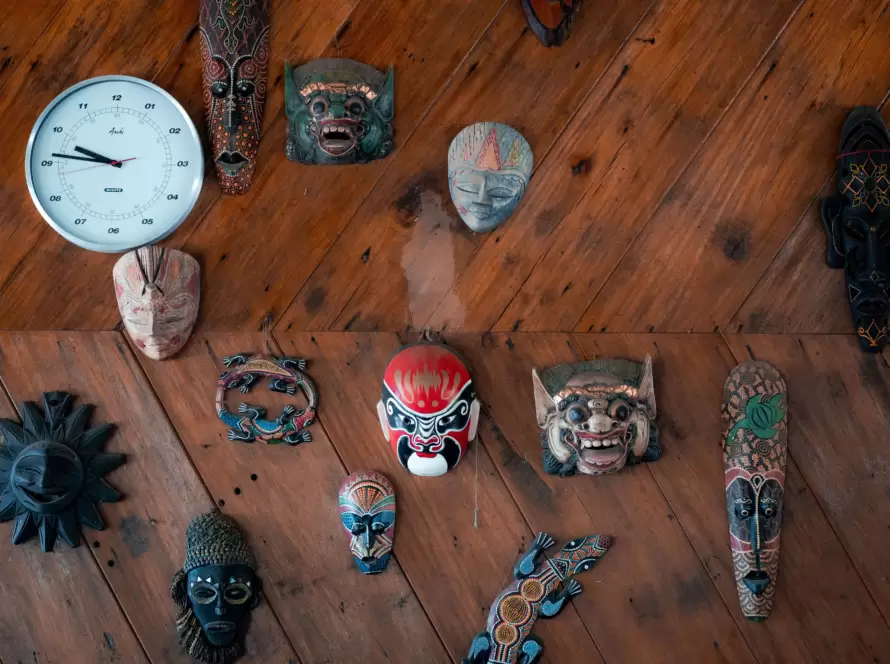Generated by Contentify AI

The events of January 6th, 2021 at the United States Capitol Building shocked the world and served as a reminder of the insidious nature of conspiracy theories. One of the most recognizable figures from that day was the self-proclaimed “QAnon Shaman,” dressed in a fur hat and painted face, who stormed the Capitol carrying a spear and a bullhorn. This man, whose real name is Jacob Chansley, has become a symbol of the dark side of conspiracy theories and the dangers they pose to society.
Chansley was a fervent believer in the QAnon conspiracy theory, which posits that a cabal of powerful individuals is running a global child sex-trafficking ring, and that former President Donald Trump was working to bring them to justice. The theory gained a large following on social media, where anonymous posts purportedly from a government insider known as “Q” provided breadcrumbs of information for believers to follow.
What makes conspiracy theories like QAnon so dangerous is the way they prey on people’s fears and anxieties. By offering a simple explanation for complex problems, they provide a sense of certainty and control that can be comforting in an uncertain world. But this comforting feeling is often built on a foundation of lies, distortions, and half-truths. The result is a dangerous mix of paranoia and fanaticism that can lead people to take extreme actions, as we saw on January 6th.
It is important to understand the influence of conspiracy theories like QAnon so that we can guard against their dangers. By examining the psychology behind those who believe in these theories, we can better understand the ways in which they can be manipulated and radicalized. Only by shedding light on these dark corners of the human psyche can we hope to combat the growing threat of conspiracy theories and safeguard our democracy.



